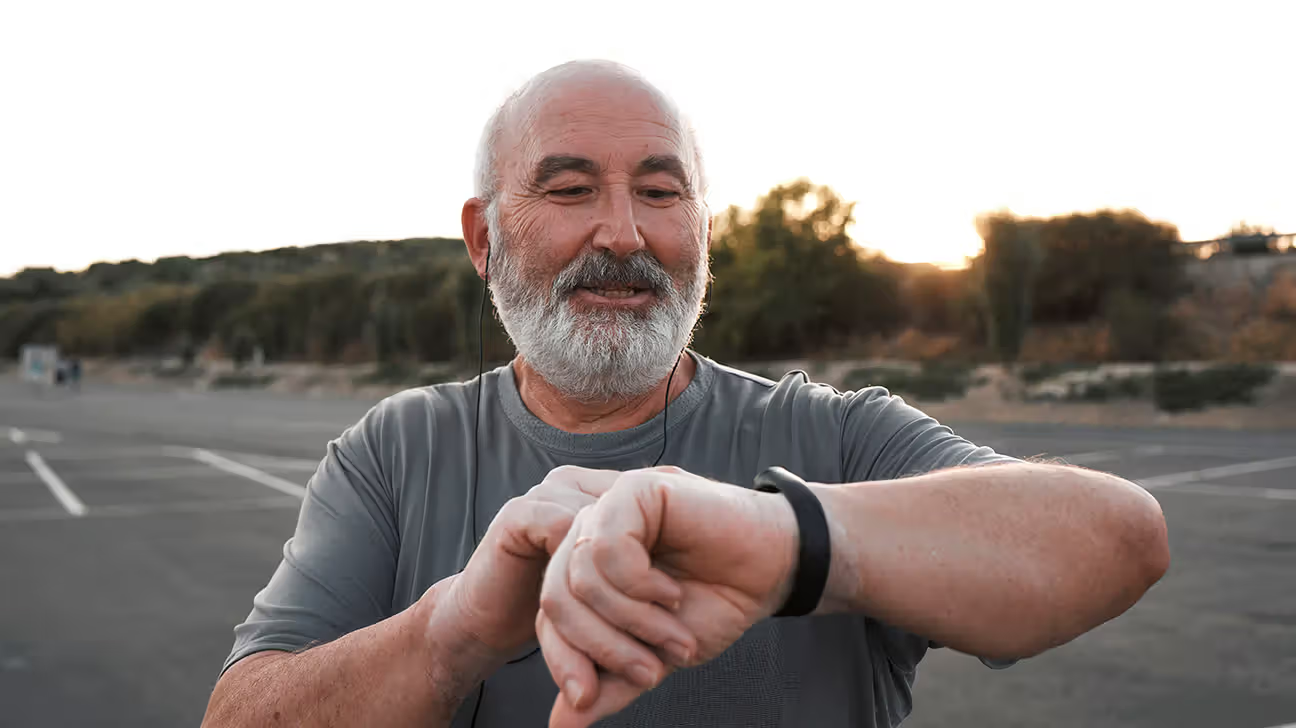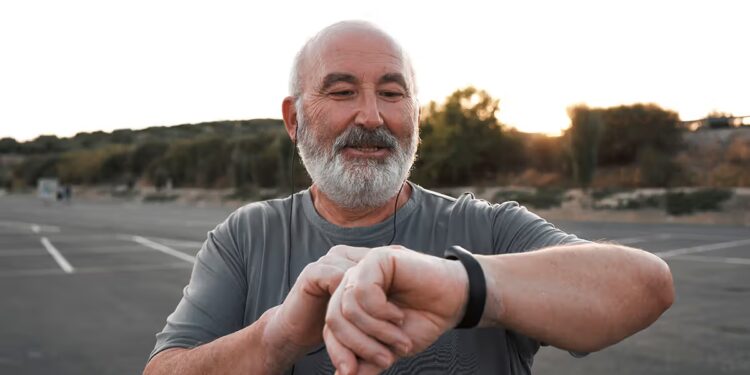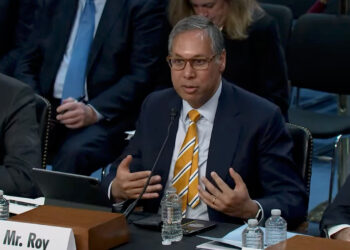
- Men may need nearly twice as much weekly exercise as women to achieve the same heart health benefits.
- A study of over 85,000 people found that females achieved greater reductions in cardiovascular disease risk and mortality with less physical activity.
- The findings highlight a persistent “gender gap” in both exercise habits and outcomes, suggesting a need for more targeted public health guidelines.
Men may need about twice as much weekly physical activity as women to achieve comparable cardiovascular benefits, a new study suggests.
Guidelines from the Centers for Disease Control and Prevention (CDC) and the American Heart Association (AHA) recommend at least
However, the study also identified a “gender gap” in both adherence to exercise guidelines and overall fitness capacity. In other words, even though females appear to gain greater heart health benefits from exercise, they’re less likely than males to meet the recommended activity levels; males also generally have higher physical fitness.
The authors say their work is essential for tailoring physical activity guidelines and closing this gap.
Other experts say that while the findings are significant, the goal for now is to continue focusing on the majority of people, both males and females, who do not meet minimum physical activity recommendations.
According to the
“This study finds consistent results with many previous studies and meta-analyses where physical activity has cardiovascular benefits for both sexes, but the estimated cardiovascular risk reduction from meeting moderate-to-vigorous intensity aerobic physical activity recommendations is a bit higher in women compared to men,” said Bethany Barone Gibbs, PhD, professor and chair of epidemiology and biostatistics at West Virginia University School of Public Health and volunteer expert for the American Heart Association (AHA). Gibbs wasn’t involved in the study.
“Though the modeled gradient of benefit is steeper for women than men, I think the more important message is the overall benefit from being active that both sexes achieve,” she told Healthline.
The large observational study utilized data from over 85,000 participants in the UK Biobank to investigate the impact of physical activity on cardiovascular health in both males and females.
The goal was to determine whether the authors’ “one-size-fits-all” exercise recommendations adequately reflect sex-based differences.
Most participants — about 80,000 — did not have CHD, while a smaller subgroup of roughly 5,000 did. Among participants without CHD, researchers assessed the risk of developing the disease; among those with existing CHD, they examined mortality. Participants provided activity data via wrist-worn fitness trackers.
Females who hit the minimum physical activity recommendations had a 22% lower risk of CHD compared to just 17% for males. There was also a dose-response relationship: more additional exercise yielded greater benefits, but the gap between females and males widened.
At about 250 minutes of weekly physical activity, females saw a 30% reduction in CHD risk. To achieve a similar benefit, males needed to log more than twice as much exercise — 530 minutes per week.
In the subgroup with CHD, physical activity was linked to lower overall risk of death, but discrepancies in mortality risk also varied by sex.
Active females had a 70% lower risk of death, compared with just a 19% reduction in males.
To achieve the same mortality reduction, males required 1.7 times more exercise than females, approximately 85 minutes per week, compared with 51 minutes for females.
It isn’t entirely clear why females appear to gain stronger heart-health benefits from physical activity than males, but the authors suggest several possible explanations. One involves estrogen, which circulates at much higher levels in females.
Setting sex-based differences aside, the study also underscores the simple fact that too many people are not getting even the minimum exercise every week. Those without CHD who met physical activity guidelines were in line with the U.S. average, about 48%. However, less than one-third of people with CHD hit this threshold.
Still, current research indicates that males, on average, engage in more exercise than females.
Globally, the number of females who do not get enough physical activity is approximately 5% higher than that of males.
In the United States, the difference between males and females meeting physical activity guidelines is approximately 43% and 33%, respectively, according to the .
“Until we get more concrete evidence, best practice is to stick clinically with the evidence-based guidelines that recommend at least 150 minutes per week of aerobic activity for health benefits and 300 minutes [or more] for even greater benefits for both sexes,” said Barone Gibbs.
Currently the AHA does not make any specific recommendations for physical activity based on sex.
Denice Ichinoe, DO, an assistant professor in the Department of Family and Community Medicine at the Kirk Kerkorian School of Medicine at the University of Nevada, Las Vegas, said that while her concern is also reaching those who simply don’t exercise enough, women may face barriers to achieving their physical activity goals. Ichinoe wasn’t involved in the study.
“There are a lot of key contributing factors to it. A lot of times, it’s either time constraints with work or even caregiving responsibilities, which fall into the traditional social norms and cultural aspects of women,” she told Healthline.
Finding time to exercise can be especially challenging for mothers, particularly those who are postpartum.
“I always try and recommend doing at-home exercises to start with. That may mean having your partner or a family member, or even asking for outside help for a caregiver to assist,” Ichinoe said.
And for those who aren’t getting enough physical activity, Ichinoe and Barone Gibbs offer the following tips:
- Start small — Multiple short walks or bouts of activity add up over the day.
- Broaden your thinking about “exercise” — Raking, gardening, cleaning, and more are all ways to get active.
- Bike or walk instead of driving short distances.
- Find enjoyable activities you can do every day (or at least a couple times per week)
- Progress gradually. Consistency is key.
“Any way that we can help increase that base level of physical activity and maintain it is going to be helpful. Even small steps that we can take to get both men and women motivated to start undertaking a little bit more exercise, that’s going to be extremely helpful, however we can do it,” Ichinoe said.
Source link : https://www.healthline.com/health-news/heart-health-men-need-more-exercise-than-women
Author :
Publish date : 2025-11-03 12:33:30
Copyright for syndicated content belongs to the linked Source.









